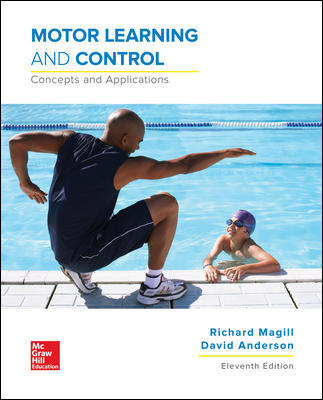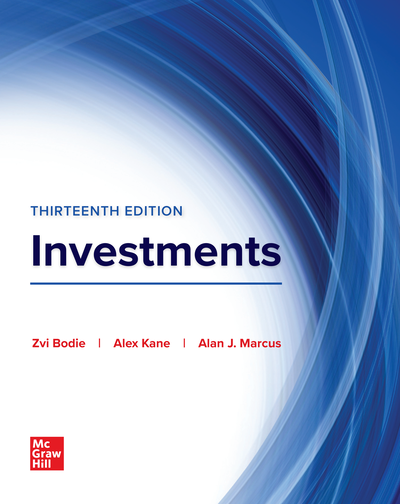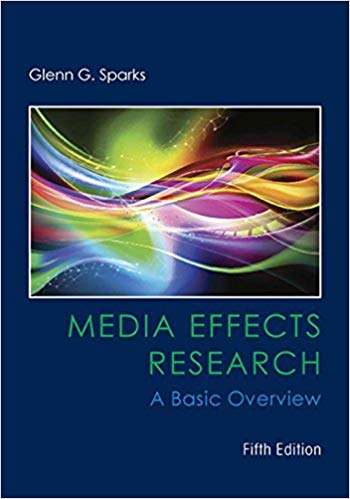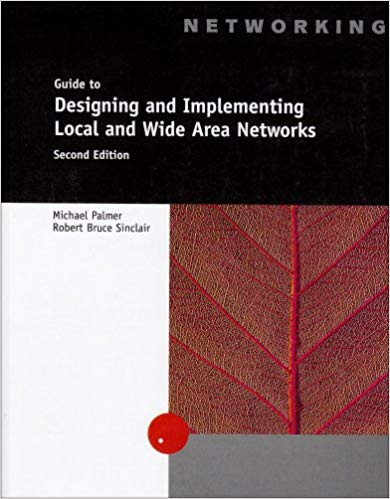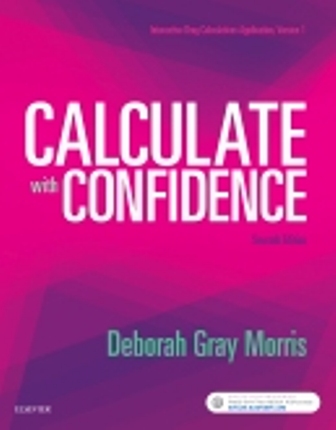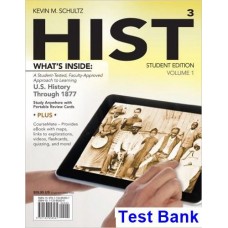MR 1st Edition by Tom J. Brown – Test Bank
James: Nursing Care of Children: Principles and Practice, 3rd Edition
Do you need test banks fast? eTestBank.net is the best test bank website for you! Download your test bank right after you pay. No waiting!
Why eTestBank.net is Great:
✅ Instant Download:
Get your test bank right away after payment.
✅ Unlimited Downloads:
Download your test bank anytime and as many times as you want.
✅ 24/7 Live Help:
We are here to help you all day, every day.
✅ Guaranteed Delivery:
If you don’t get the download right away, we will send it to you in 3 to 6 hours.
How to Get Your Test Bank:
- Pick Your Test Bank: Choose from many test banks.
- Pay Safely: Pay securely on eTestBank.net.
- Download Instantly: Get your test bank immediately after payment.
- Download Anytime: Unlimited downloads whenever you need them.
Need Help? Contact Us:
📧 Email: [Support@etestbank.net]
📱 WhatsApp: [https://wa.me/message/MC222DLQ4GDXL1r]
Didn’t Get Your Download?
Don’t worry! If you don’t get the file right away, we’ll send it to you in 3 to 6 hours. Need it sooner? Contact us by email or WhatsApp.
💡 Buy now from eTestBank.net for instant downloads, unlimited access, and 24/7 support—get your test bank today!
Chapter 4—Collecting Secondary Data from Inside and Outside the Organization
MULTIPLE CHOICE
1. The distinction between primary and secondary data is defined by the:
|
a. |
method of collection. |
|
b. |
purpose of the investigation. |
|
c. |
form used for collection. |
|
d. |
group sponsoring the collection. |
|
e. |
type of data collected. |
ANS: BPTS:1
NAT:AACSB Analytic | CB&E Model Research | Bloom’s: Knowledge
2. Which of the following might NOT be considered a benefit of using secondary data?
|
a. |
Secondary data help clarify the problem under investigation better. |
|
b. |
Secondary data costs less to collect than primary data. |
|
c. |
Secondary data suggest improved methods or data for addressing research problems. |
|
d. |
Secondary data provide comparative data to primary data. |
|
e. |
Secondary data fit the problem under investigation better. |
ANS: EPTS:1
NAT: AACSB Analytic | CB&E Model Research | Bloom’s: Comprehension
3. Which of the following are examples of secondary data (as contrasted with primary data)?
|
a. |
Demographic information (birth, age, marriage, income, etc.) was collected from a sample of respondents as a part of a market segmentation study for a prominent grocery chain. |
|
b. |
Housing data (tenure, race of occupants, year built, etc.) as reported in the Journal of Marketing and later used by a researcher working on a project for a construction company. |
|
c. |
Housing data was especially collected from a sample by a researcher working on a project for a construction company. |
|
d. |
Consumer attitudes as measured by an attitude questionnaire designed and used by a researcher investigating a model of consumer behavior. |
|
e. |
Results of an experiment used to evaluate advertisement effectiveness for a new product. |
ANS: BPTS:1
NAT:AACSB Analytic | CB&E Model Research | Bloom’s: Application
4. Which of the following is TRUE?
|
a. |
Primary data is gathered by the researcher’s organization and secondary data is gathered by some other organization. |
|
b. |
The researcher should attempt to gather secondary data before initiating a search for primary data. |
|
c. |
Secondary data in a secondary source is just as accurate as secondary data in a primary source. |
|
d. |
If a researcher obtains secondary data from the party who collected them, he or she is using a secondary source of secondary data. |
|
e. |
They are all false. |
ANS: BPTS:1
NAT: AACSB Analytic | CB&E Model Research | Bloom’s: Comprehension
5. The basic rule that should be followed by all researchers when beginning the data collection process is to:
|
a. |
begin with secondary data, and then proceed if necessary to collect primary data. |
|
b. |
always start by consulting the statistical abstract of the United States. |
|
c. |
begin with primary data, then supplement if needed with secondary data. |
|
d. |
always investigate external sources of secondary data first. |
|
e. |
design a field experiment to collect primary data. |
ANS: APTS:1
NAT:AACSB Analytic | CB&E Model Research | Bloom’s: Knowledge


